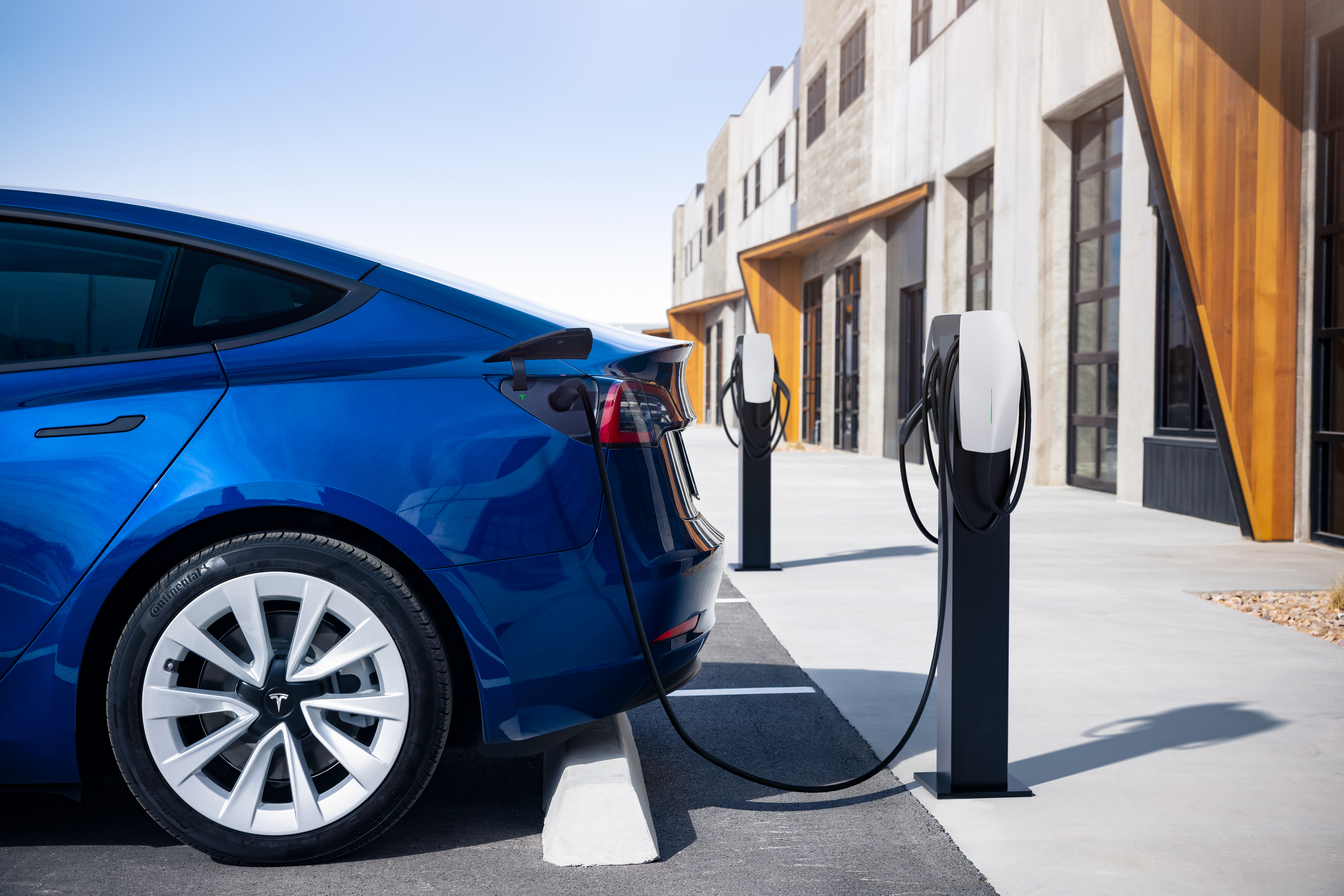Charging at home is undoubtedly the most convenient option for EV owners. However, for apartment dwellers, accessing residential chargers is often a challenge. To address this issue and ensure a seamless transition to electric vehicle (EV) transportation for apartment owners, extensive research and investment in charging infrastructure are necessary.
Enhancing Access to Home Charging
Studies show that the availability of apartment buildings in a city correlates with access to home charging. Denser cities with a higher number of apartment dwellers tend to have a lower EV-per-charger ratio. As a result, apartment owners need more widespread access to public charging as an alternative. According to a 2019 study by the International Council on Clean Transportation (ICCT), only 18%-48% of apartment residents have access to home charging, compared to 66%-83% of those living in attached houses.
Investing in Charging Infrastructure
A report from the ICCT emphasizes the need for increased investment in charging infrastructure to support the growing EV market. By 2030, it is estimated that around one million chargers will be required in multi-unit dwellings to cater to apartment residents. Additionally, charging infrastructure needs to expand rapidly in rural areas and across the Midwest and South of the United States. To ensure equitable access, the report suggests allocating approximately 30% of chargers and charging investments to lower-income communities.
Promoting Plug-In Hybrid Adoption
The ICCT study reveals that apartment dwellers with low-range plug-in hybrid EVs (PHEVs) often rely heavily on gasoline due to limited access to charging options. Factors such as higher home electricity prices, lower electric driving range, and lack of charging infrastructure contribute to this reliance on gasoline. Incentivizing the installation of chargers for PHEV owners in apartment complexes could foster greater adoption of electric driving.
Addressing Financial Barriers
Residents from low-income communities and multi-family housing face several barriers to charging, including lack of charging at home and insufficient public charging infrastructure. To make chargers more affordable, rebates for installation costs could be introduced. By reducing the financial burden associated with charger installation, even apartment dwellers could access this vital infrastructure.
Exploring Alternative Charging Solutions
Innovative technologies like inductive charging offer promising alternatives to traditional chargers. Pennsylvania-based Momentum Dynamics has developed inductive charging technology that aims to bring convenient charging to urban areas without the need for bulky chargers. This approach replenishes EV batteries in shorter bursts whenever opportunities arise, minimizing the need for extensive charging infrastructure.
Maximizing Daytime Charging Opportunities
Partnering with businesses and charging network companies to install Level 2 chargers near apartment buildings and workplaces can optimize daytime charging. By aggressively topping up batteries during the day, EV owners can reduce their reliance on overnight charging. Programs aimed at increasing daytime charging options for apartment dwellers can help alleviate concerns regarding EV charging.
Encouraging Workplace Charging
Installing EV chargers in workplace parking structures allows long-distance commuters and apartment dwellers without home chargers to conveniently charge their vehicles. Implementing a Managed Integer Linear Programming protocol can optimize charging schedules and reduce the number of charging stations required, effectively managing parking structure demand load.
Reevaluating Building Codes
Requiring new commercial apartment buildings to install EV charging infrastructure with every parking spot could significantly increase charging availability. However, Transportation for America argues that these requirements may drive up housing costs, hinder walkable environments, and encourage car ownership and emissions. Instead, they propose allocating resources for convenient, affordable, publicly accessible neighborhood charging to cater to apartment owners who lack home charging capability.
As the EV market continues to grow, providing equitable EV charging solutions for apartment dwellers is crucial. By addressing financial barriers, investing in charging infrastructure, and exploring innovative charging technologies, we can ensure that all EV owners, regardless of their living situation, have convenient access to charging facilities.
